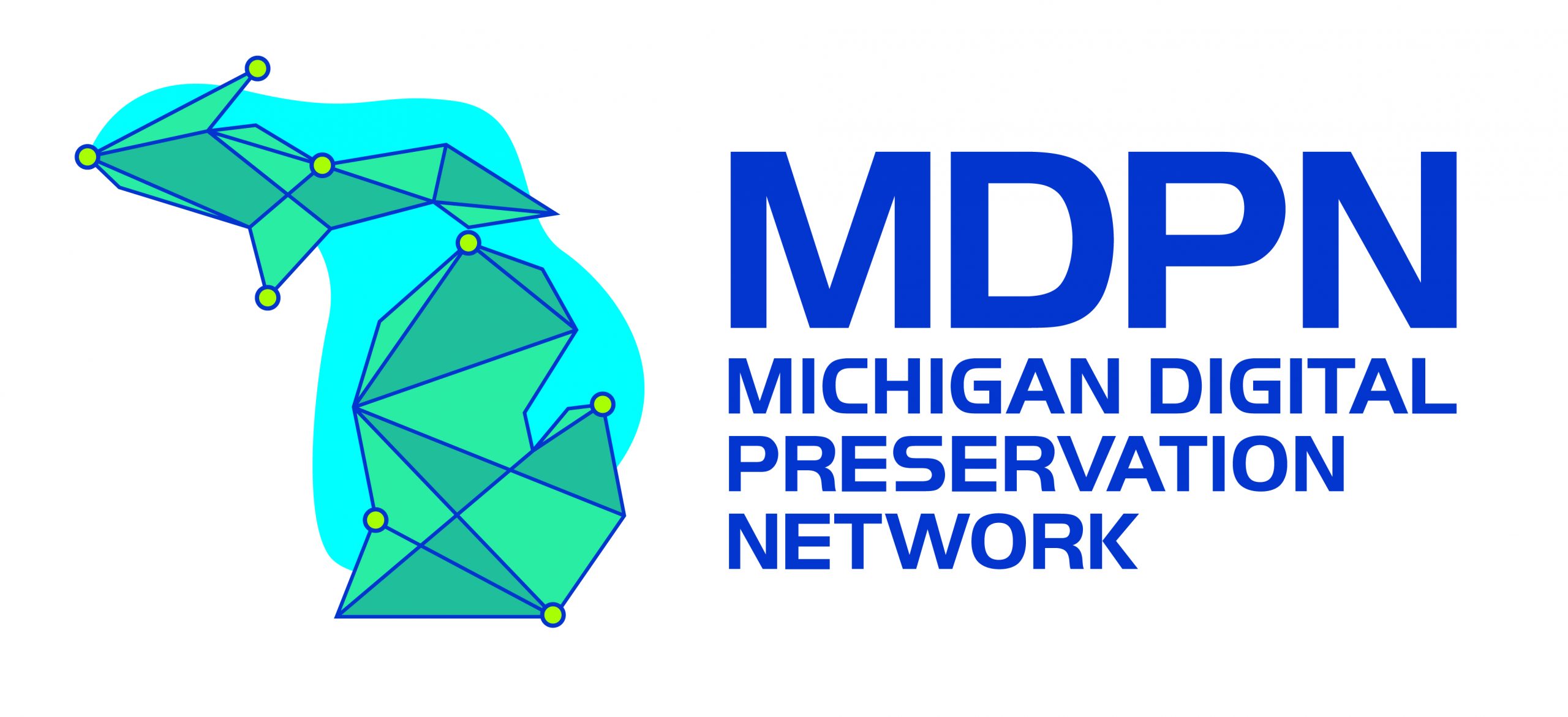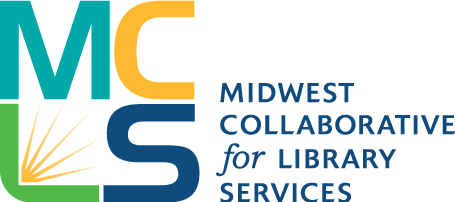Technology
Access our Public Documentation Portal for guidance on downloading and configuring DART, preparing collections for preservation, and transferring collection to the MDPN using DART.
View the MDPN on GitHub.
For more information on the MDPN Technical Committee, including current members, please visit the Governance page.
LOCKSS
The MDPN uses LOCKSS (Lots of Copies Keeps Stuff Safe), a distributed digital preservation software created and supported by the LOCKSS Program at Stanford University Libraries. LOCKSS networks are made up of multiple servers or “nodes” spread across different geographical areas to help mitigate potential risks. Using a unique and secure Polling and Repair Protocol, the nodes of a LOCKSS network constantly communicate with each other to verify the authenticity and integrity of the content being preserved. The MDPN is the first organization to build a preservation network using the LOCKSS 2.0 software. For more information on LOCKSS, including the most recent LOCKSS 2.0 releases, please visit their Documentation Portal and blog.

The MDPN’s LOCKSS nodes are hosted by Capital Area District Libraries/Michigan State University, Eastern Michigan University, Northern Michigan University, Traverse Area District Libraries, and Western Michigan University.
LOCKSS offers a number of advantages to the MDPN and its members, including:
Organizational Durability: The LOCKSS Program is one of the longest-running digital preservation initiatives operating today. The program operates as a recognized and supported part of Stanford University Libraries, and boasts diversified funding sources, including libraries, publishers, and grants.
Secure Technology: The technical architecture of LOCKSS offers unique and highly secure protections for digital content. The LOCKSS software is open for community review, scrutiny, contribution, and adaptation, and made available under a permissive BSD license. LOCKSS is certified trustworthy — a thorough external evaluation of a LOCKSS-based system, a 2014 audit of the CLOCKSS Archive under the Trustworthy Repositories Audit and Certification criteria by the Center for Research Libraries, yielded the only perfect score issued to date for the category of “Technologies, Technical Infrastructure, Security” (PDF) as well as an overall score matching the previous best. In 2018, CRL re-certified the CLOCKSS Archive, awarding it the highest overall score received to date.
A Robust Community: As a user of the LOCKSS preservation software, the MDPN is a part of the Private LOCKSS Network (PLN) community. This international group of users, which includes CLOCKSS, the Alabama Digital Preservation Network, the SAFE Network, Cariniana, and others, meets quarterly to discuss common challenges and share new ideas and tools to make preservation easier and more secure. The MDPN is also an active member of the PLN Technical Subcommittee and the Shared Messaging Working Group.
Local Control: LOCKSS is a tool for communities to be able to sustain the capacity and the commitment to carry out digital preservation for themselves. Local control enables less contingent and more flexible access to content and serves as a vital bulwark against changing vendor business practices. Local control means being less dependent on third-party attestations of content custody and preservation status, as you can always examine and determine the disposition of the content stored in a LOCKSS cache.
DART
DART (Digital Archivists Resource Tool) is a validation and file transfer tool developed and supported by Academic Preservation Trust (AP Trust). DART packages digital content according to the BagIt specification and generates a checksum upon creation. After downloading DART, MDPN members receive a file containing predefined settings configured for the MDPN’s preservation service. Content transferred through DART is deposited onto the MDPN Staging Server, where it can be harvested by the five LOCKSS nodes that make up the preservation network. DART can also transfer digital content to multiple storage layers – including the MDPN preservation network and your institution’s own backup or institutional repository – in one workflow.
To download or find more information on DART, visit its Documentation page and GitHub repository.



